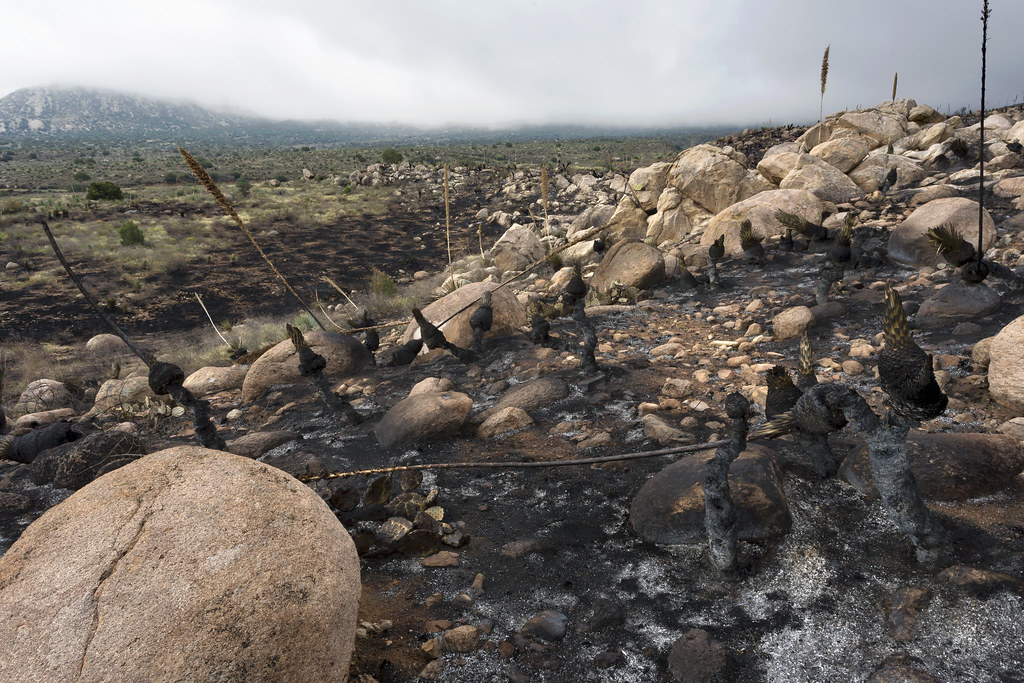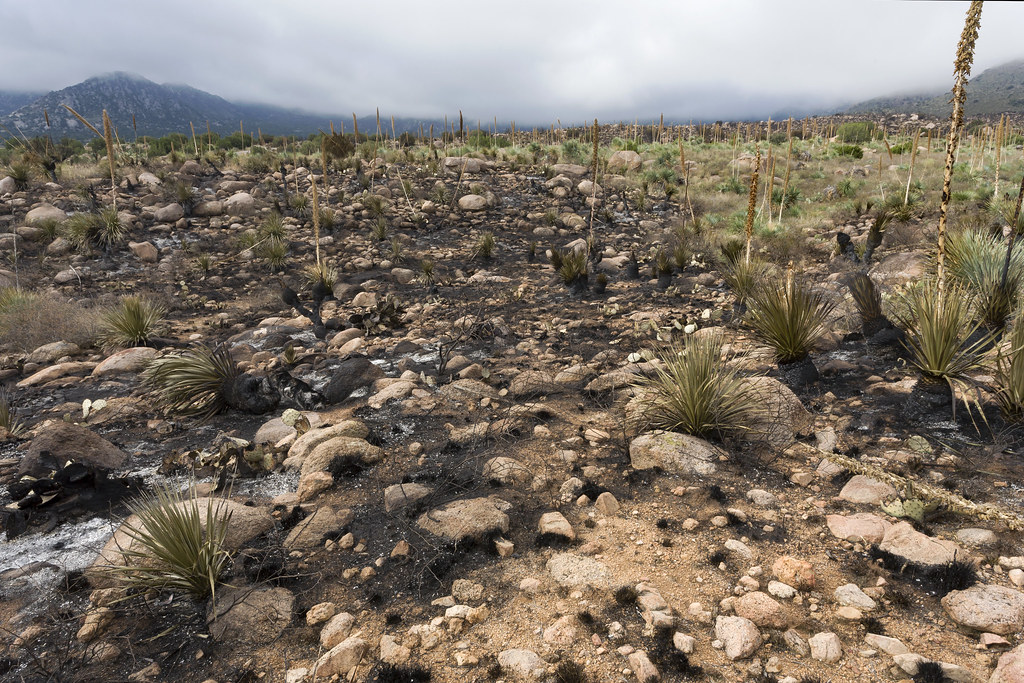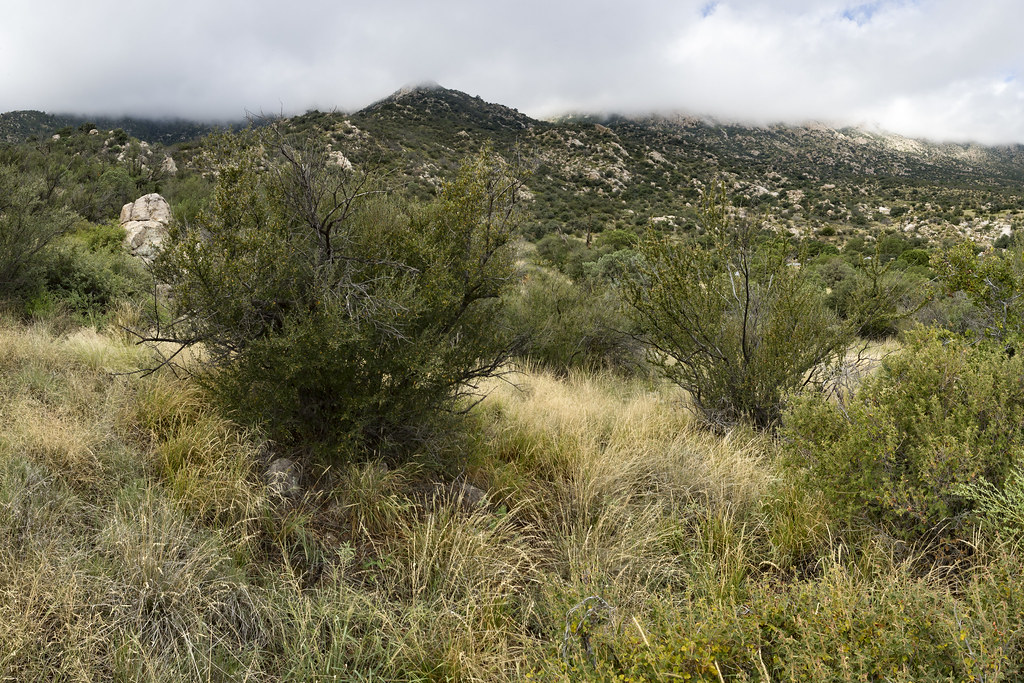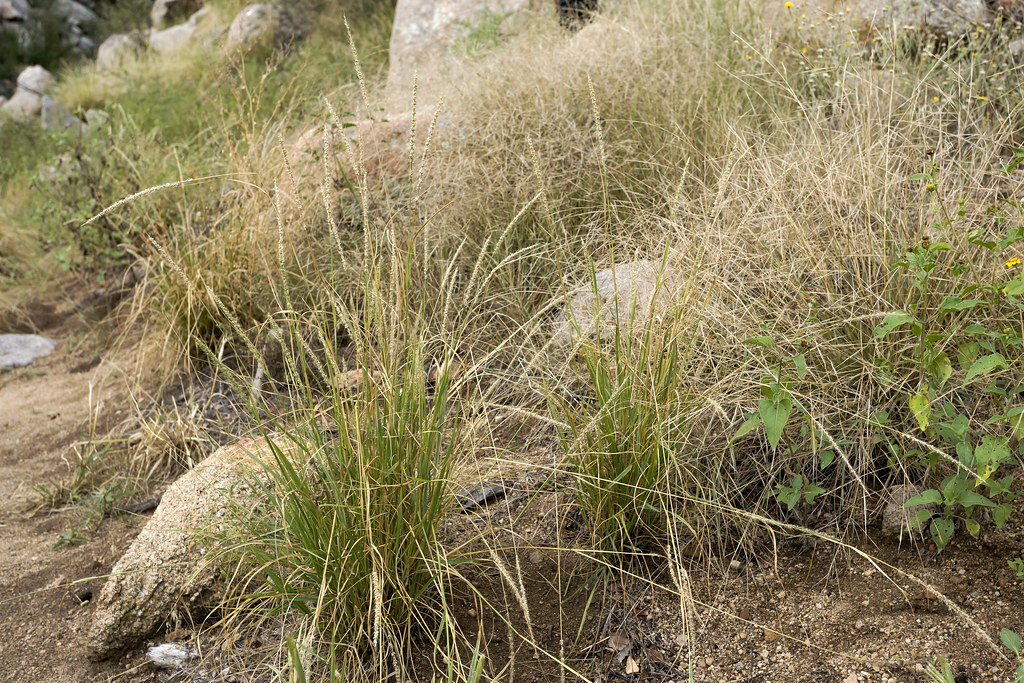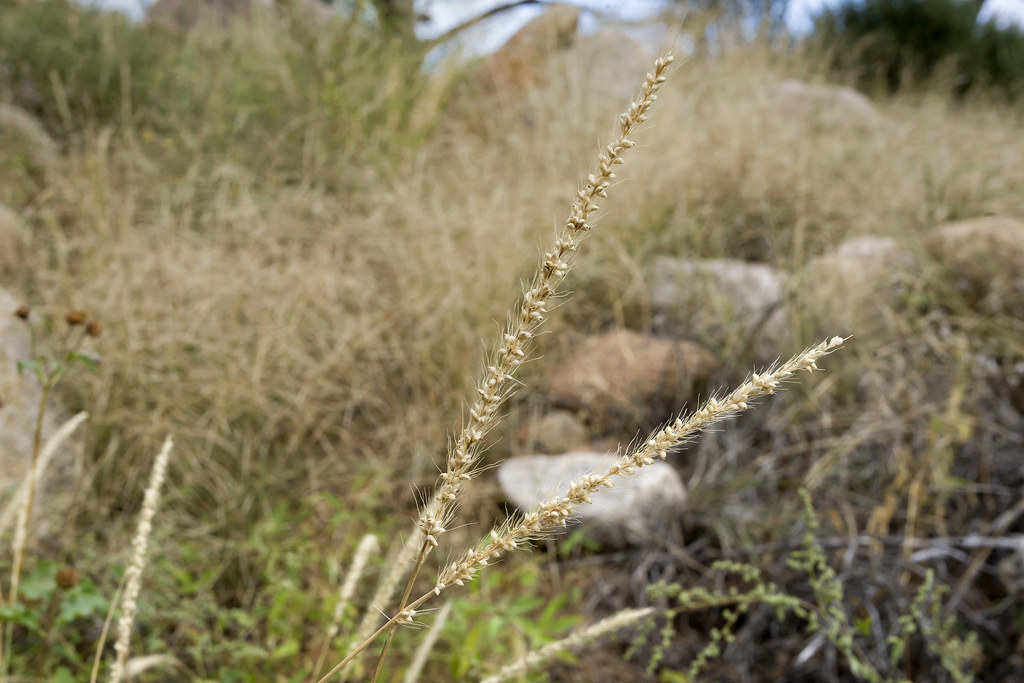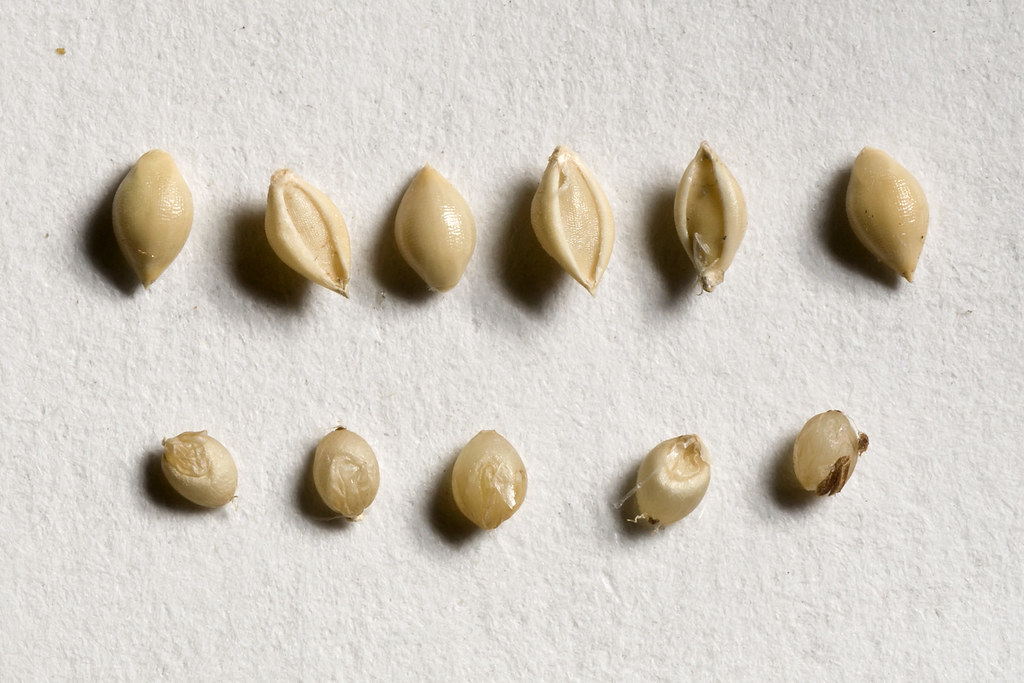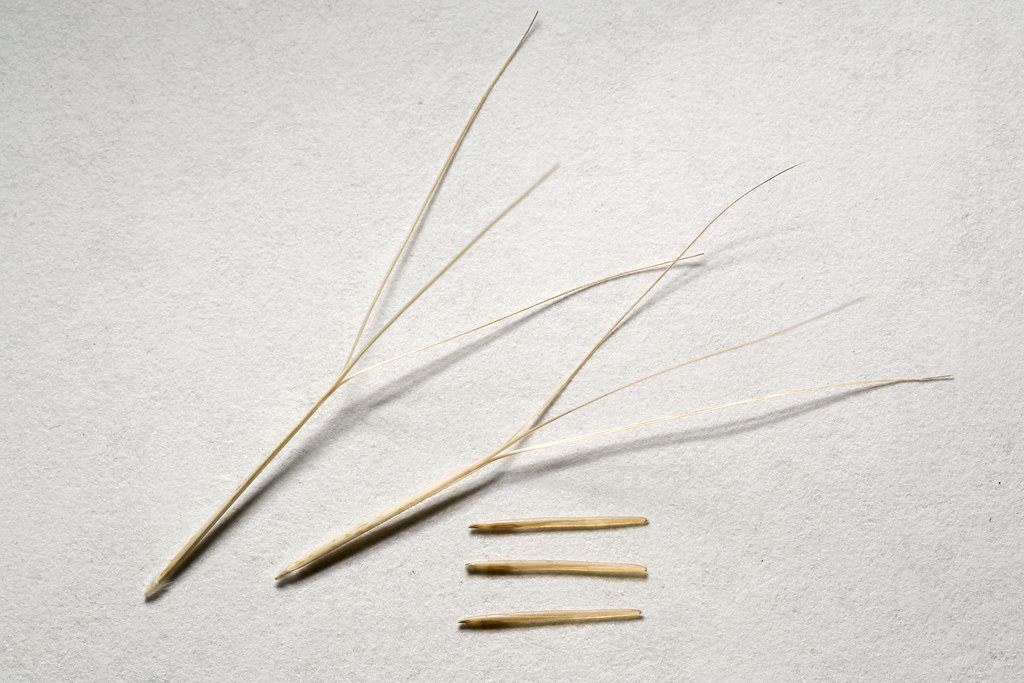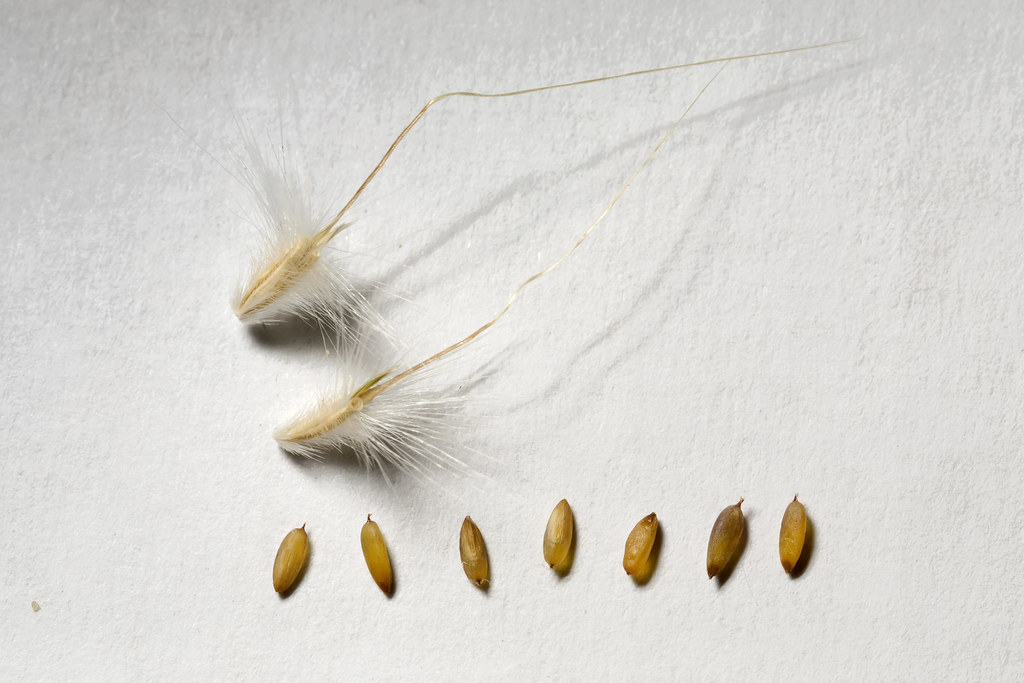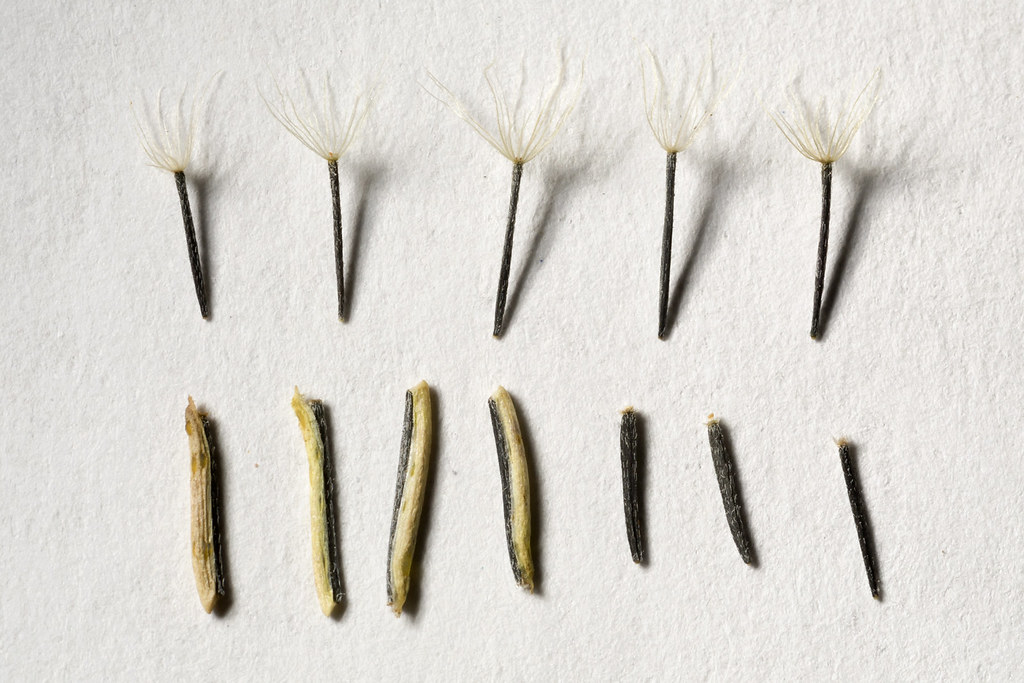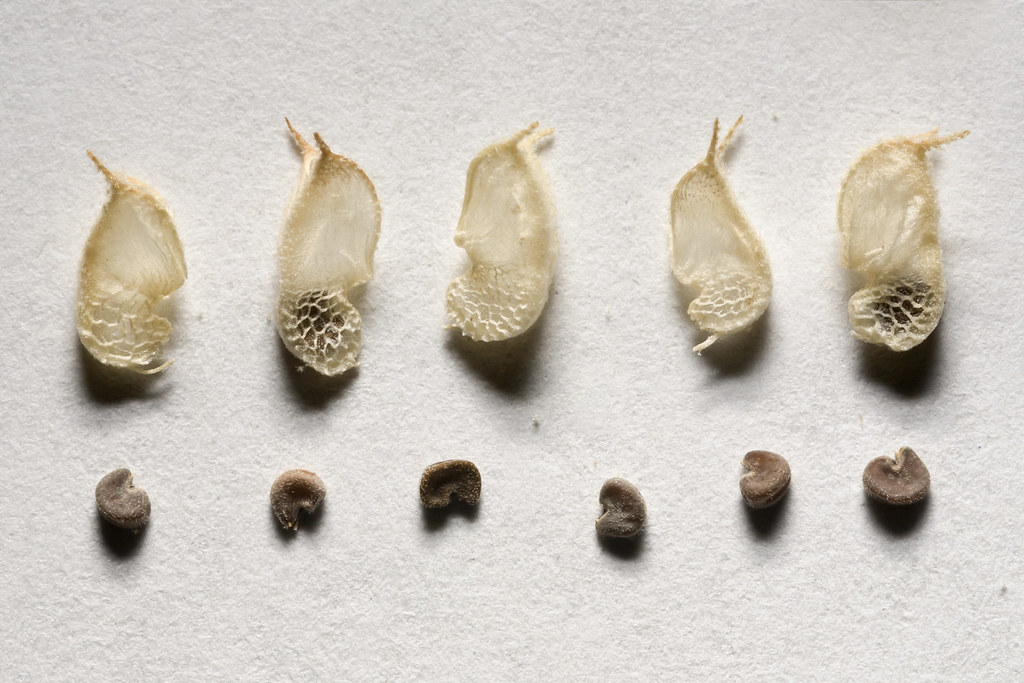Hello World,
Unlike many folks in the BLM and in the CLM intern program, I live in a place that basically doesn’t burn. Natural fires are extremely rare in the Chihuahuan Desert, although relatively common in the nearby mountains (mostly USFS lands) and occasionally dropping down to the higher, pinyon/juniper portions of the Las Cruces District Office. There are sometimes anthropogenic fires, particularly along the interstates, but these are generally quite small. Neighboring Fort Bliss occasionally starts unintentional fires in the Organ Mountains. We’ve done some prescribed burns, and can generally get a good blaze going up in the pinyon/juniper. Prescribed burns at the lower elevations, in the Chihuahuan Desert that makes up most of LCDO, haven’t been as successful. The more densely-vegetated draws can burn OK, but otherwise the landscape just doesn’t seem to have the fuel load to carry a fire. So far as I can tell, natural fires are basically unknown. We don’t know if they ever played an appreciable role in Chihuahuan Desert ecology or how the landscape reacts to a natural fire. Interestingly—and diametrically opposed to the prevailing view that fires reduce or exclude woody plants while promoting grasses—the few studies on the effects of prescribed burns in the Chihuahuan Desert indicate that the opposite is true. Our grasses are less resilient to fire than our shrubs. So all that’s the long way of saying that I was a bit excited when one of my interns and I drove out to a seed collection site at Aguirre Spring on the northeastern side of the Organ Mountains… and saw this on the way:
This is, to our understanding, a natural fire ignited by lightning. There was a big thunderstorm system on 3 Oct 2015, but this area did not receive rain. This fire burned a pretty small area, 70-80 acres, and went out when the rain arrived the next day. So far as I can recall, this is the only natural burn on LCDO land that I’ve seen in the 11 years I’ve been in Las Cruces. So, we postponed the seed festivities a bit and I got some photo points—that one above, and these two:
For each, I’ve got the photo and a list of all identifiable plants within a 10 m radius. Hopefully I’ll be able to revisit these over the next few years and see what happens. And, no, the third one didn’t burn. We can pretend it’s a control.
Here’s a view of the whole burn area, seen from the Aguirre Spring picnic area:
So that’s probably not too exciting to most of you: “Yup, that’s a little burn.” To me, though, it’s pretty awesome. I have a rare chance to watch the response to a natural fire in a place that basically doesn’t burn.
Once we got to poking around at seeds around Aguirre Spring, we found that one of my nemeses thus far, Setaria leucopila, actually had seeds. I mentioned in my last post that I’d checked multiple populations of this species that had well-developed, mature inflorescences, but no seeds that I could find (not “very few”, but “none”, “nada”, “zilch”, “bupkus”). Well, this one still had an unimpressive seed set rate, about 1 in 10 fertile florets actually contained a caryopsis. But there’s plenty of it up there, so we collected around 400,000 of those fertile florets and we should be OK. Here’s the collection site:
And here’s Setaria leucopila:
Fertile florets (top) and caryopses (bottom; grass terminology: a caryopsis is a fruit with a single seed and the ovary wall highly reduced and adherent to the seed; non-agrostologists usually just call the whole thing a “seed”):
I enjoy photography and particularly like having an excuse to take macro photographs of plant bits that we don’t usually see. So I’ve been appreciating the SOS dictum to take pictures of the seeds we collect. I probably go a bit overboard. Also, some of these grass caryopses are pretty hard to separate out from the fertile florets. It’s fun, though. Here are some of my other seed pictures:
Aristida adscensionis:
Bothriochloa barbinodis:
Bouteloua aristidoides:
Chloris virgata:
Pectis papposa:
Sphaeralcea emoryi:
I guess that’s about it. Seed collection is winding down here. We could probably do more of it, but we’ve met the 2015 collection target and made a few collections that go into fiscal year 2016. There’s one more I want to try for in a couple of weeks, but mostly we’ll be back to looking at Peniocereus greggii var. greggii until my interns leave at the beginning of November. I’ll leave you with a pair of photographs. The one on top is from the New Mexico State University archives, Oct 1912. I took the one on the bottom on 19 Sep 2015.

